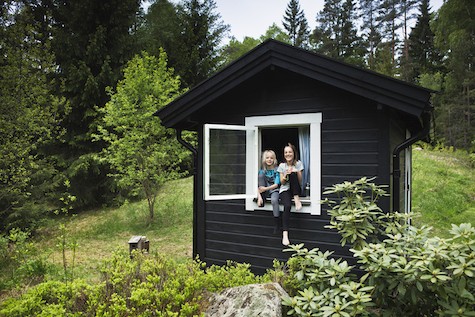
Colonial First State head of technical services Craig Day said the key issue with making a downsizer contribution was whether the person making the contribution sold their ownership interest, or a part of it, in the property.
Day made the comments at the recent Tax Institute National Superannuation Conference in Sydney in response to a question as to whether a part of a house wholly owned by one spouse can be sold to their partner, with the proceeds of that transaction being used to make a downsizer contribution for one or both partners.
“If they are disposing of a house or their ownership interest in a house, they may qualify for downsizer,” he said.
“Even though they are still going to live in it because they are selling part of their ownership interest in the house, they may also qualify for downsizing.
“In that situation, how much is the property worth? Is it worth more than $300,000 or $600,000? If so, potentially the spouse can do [a downsizer contribution] as well.
“You have to work your way through the downsizer rules because a lot of people get thrown off by the spouse situation, but the rules apply to both the property owner as well as their spouse, so the spouse gets it as well.”
He added selling part of a residential property for downsizer purposes did not apply in most cases to plans to subdivide property and sell that to make a downsizer contribution.
“We get lots of questions about subdividing property for downsizer purposes and it depends,” he said.
“Lots of people want to subdivide the backyard and sell that part off thinking they can get the downsizer.
“Unfortunately, when you subdivide that property, the newer section never had a dwelling on it, so it is not eligible under the downsizer rules, which state it has to have a dwelling.”
Jason Spits
September 21, 2022
smsmagazine.com.au
|